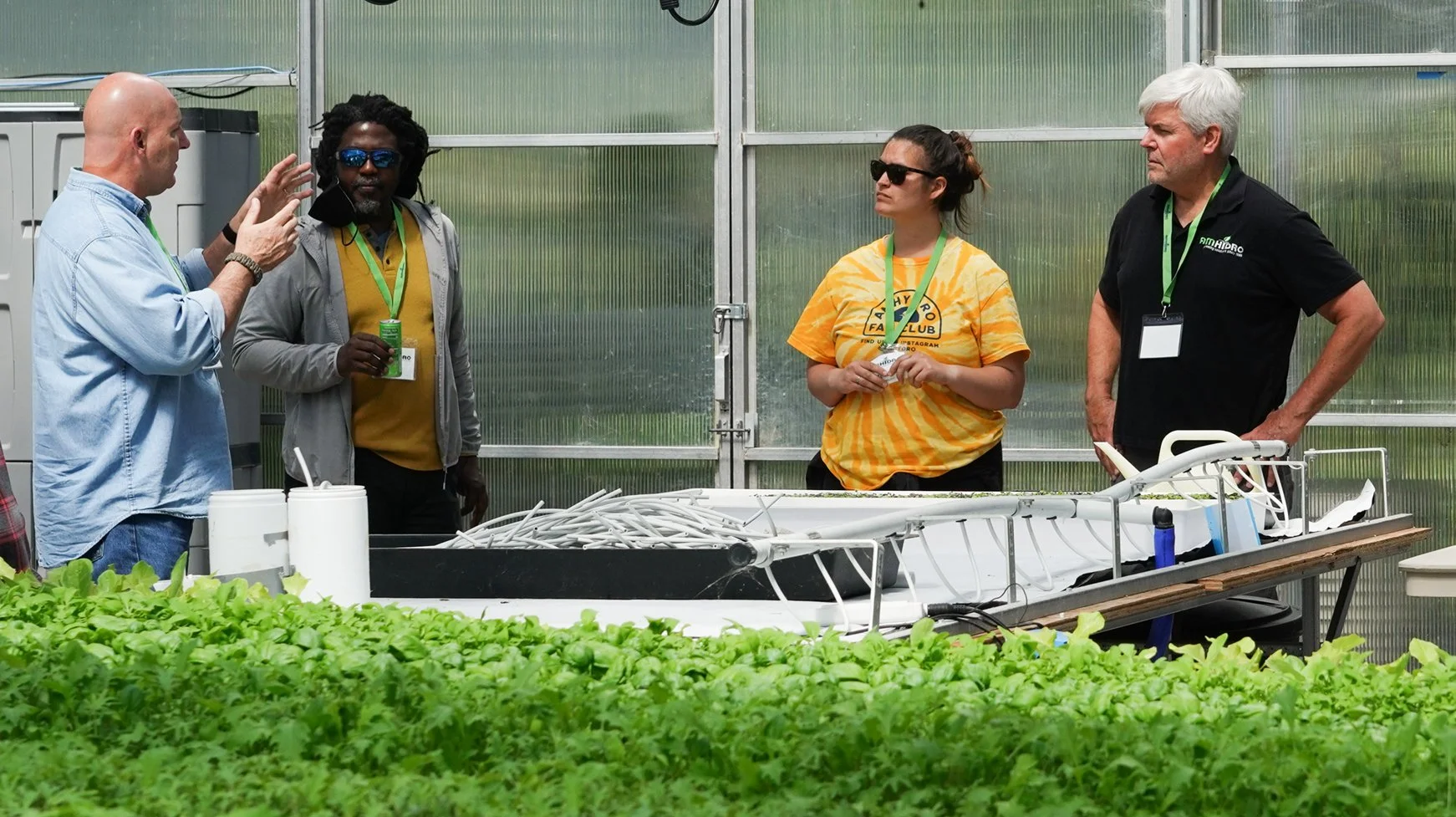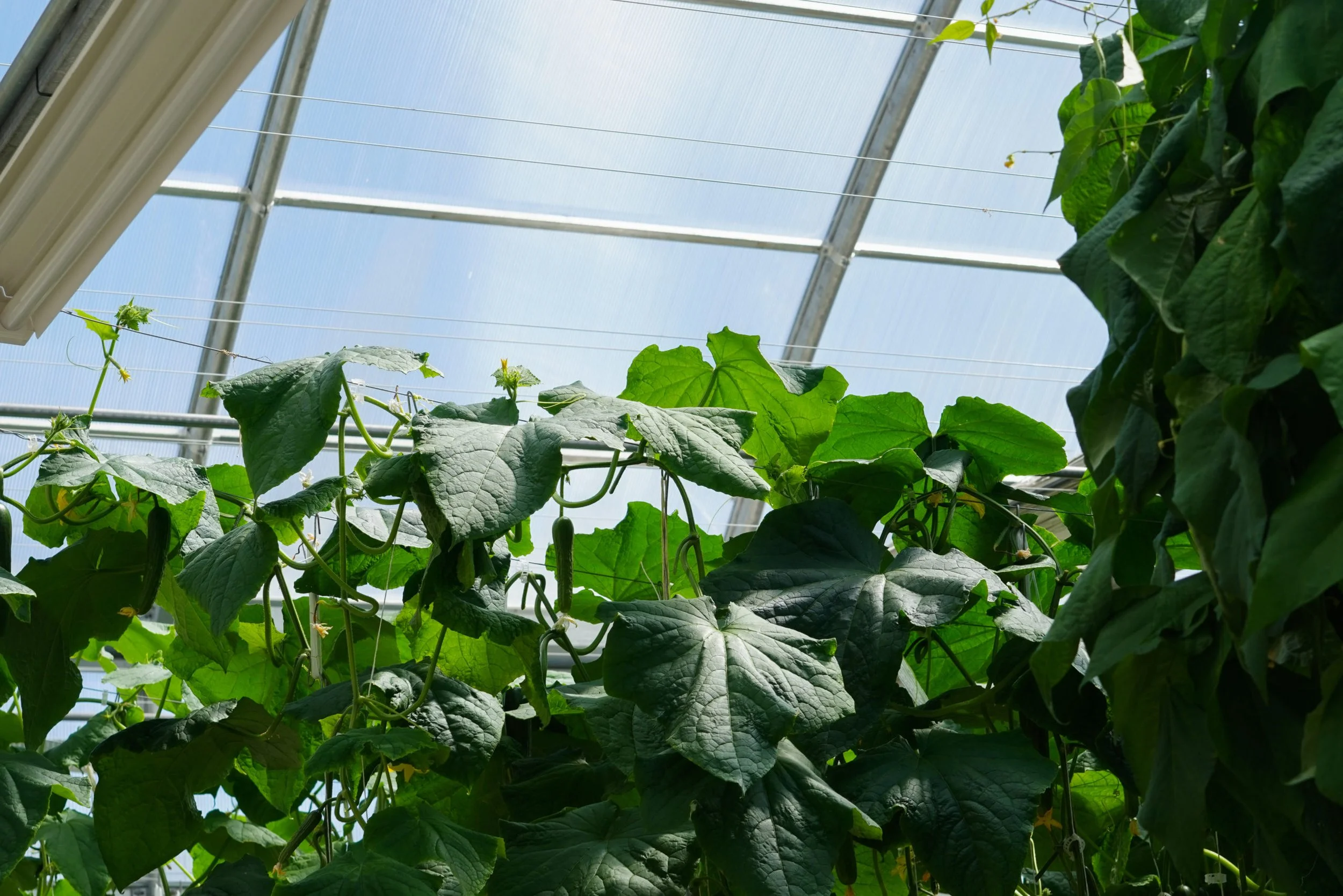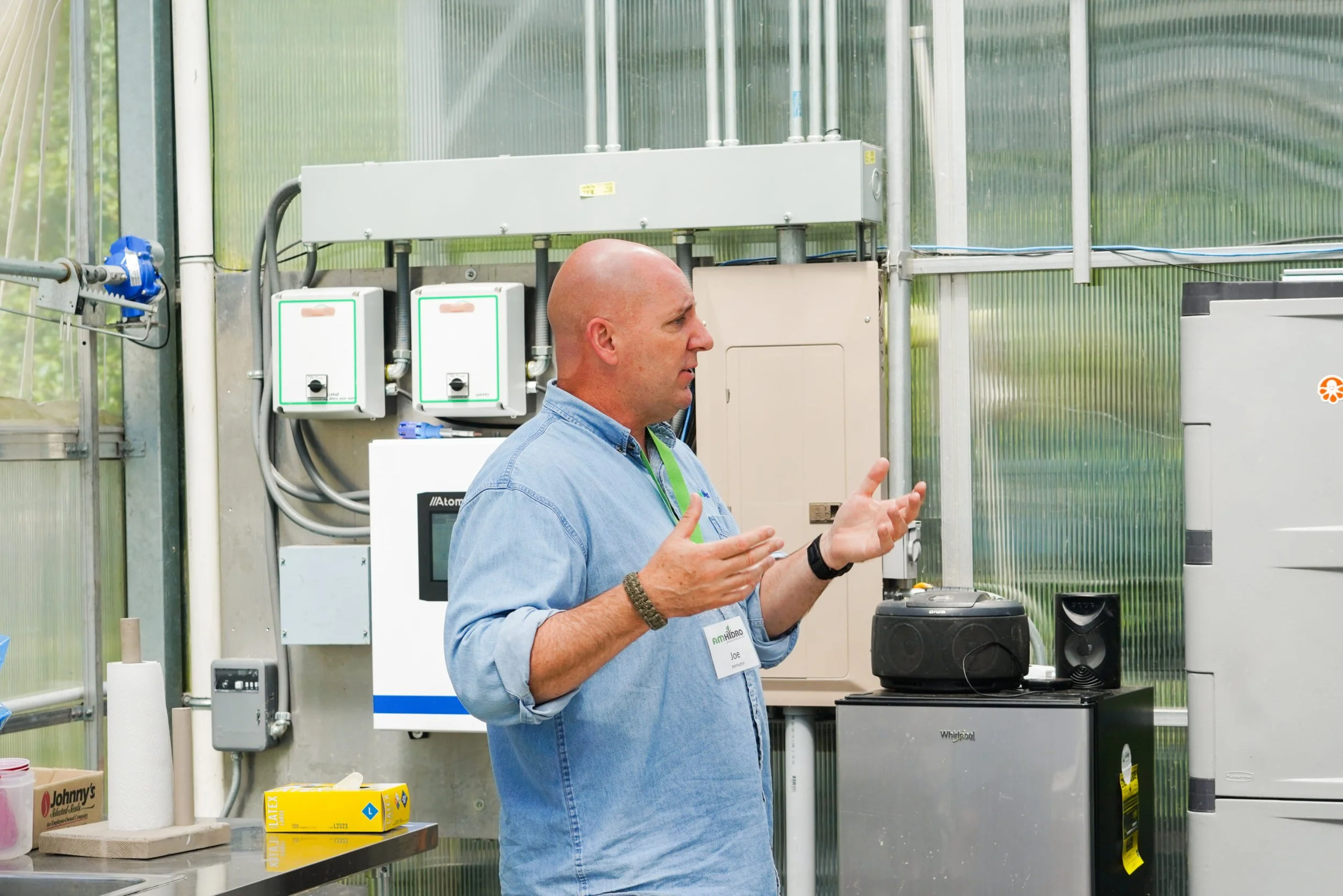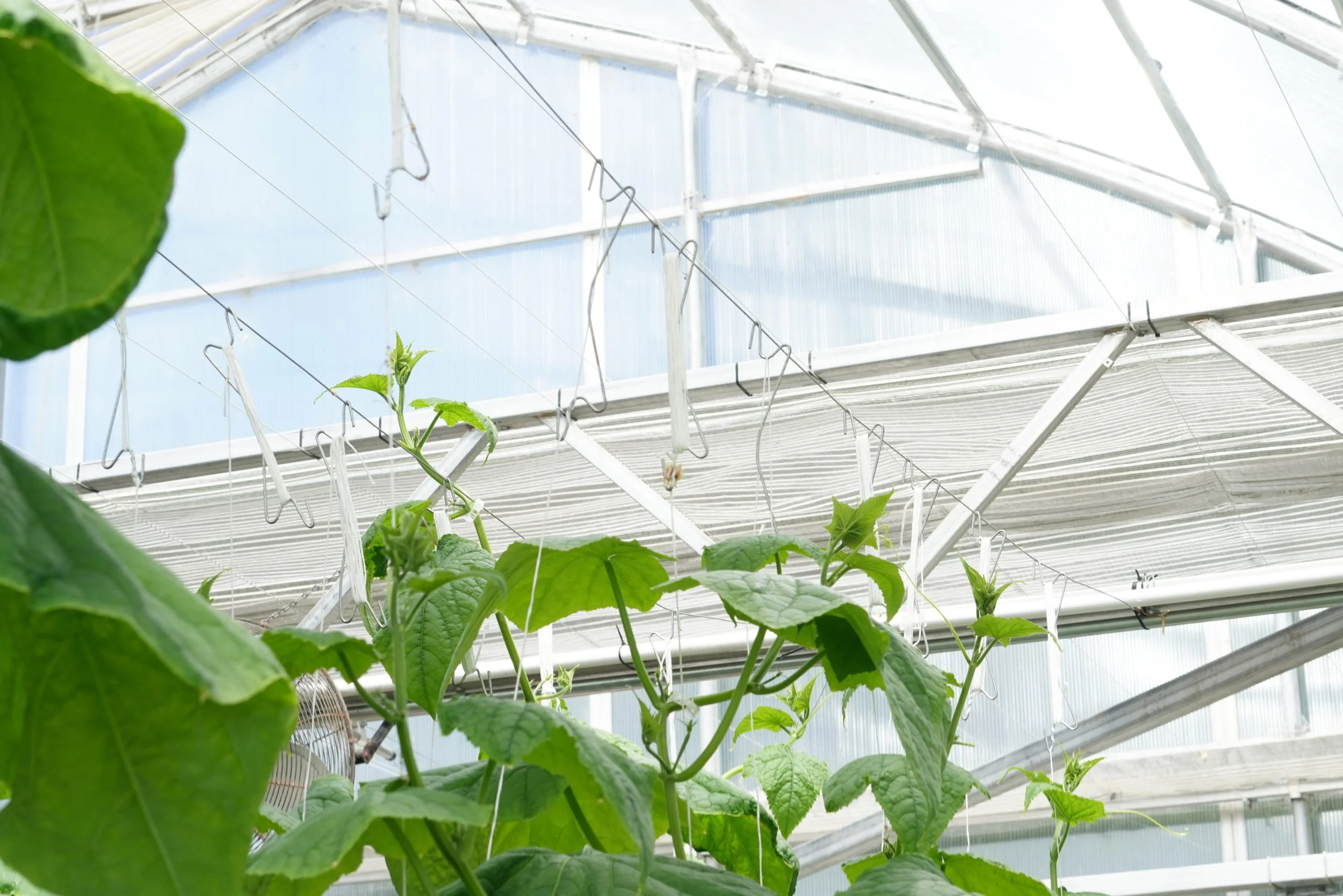Vertical Farming Has Clear Downsides
This week we’re featuring a post from AmHydro VP Joe Swartz.
Prior to joining us, Joe amassed over 30 years of experience as a farmer and is widely regarded as one of the industry’s foremost experts on controlled environment agriculture and hydroponic technologies. This year we’ll be featuring more original content from Joe. If there are any subjects you’d like to hear from him on, just let us know. Enjoy!
Results are What Count
In my years in the field, I’ve worked with all sorts of technologies, but what I love more than anything is hydroponics. It helped me succeed as a farmer, so now my mission is to help others succeed too.
I’d ask you to keep that in mind when considering my first subject: Vertical Growing. Today I’m going to explain why, despite the attractiveness, there are clear downsides to vertical farming. Growers that want to build a profitable controlled environment farm should look elsewhere.
I know this claim will spark some strong reactions, so I want to frame this conversation around the golden rule of controlled environment agriculture (CEA), which is this:
Any system, to be worth investing in, needs to do two things. Serve the needs of the plant, and be economically viable for the farmer.
As we’ll see, vertical farming technology often places a greater emphasis on the futuristic appeal of the equipment than it does on the needs of the plants. I’m reminded of the quote from Francis Bacon:
“Nature, to be commanded, must be obeyed.”
My comments are not based on any type of predisposition to love or hate the idea of vertical farming. After all, I’m a farmer. I just want to know that my approach works. If it lived up to the hype, I would no doubt be its biggest evangelist.
CEA technologies must focus on high quality production and economically sustainable cost. We should all be able to agree about that as a principle. From there we can have a productive discussion. I also believe, if we start with that principle, we’ll see that there are deficiencies with vertical farming that people in our industry should be clear-eyed about.
Environmental Challenges
The reason we prioritize a plant’s needs is because if we don’t, we won’t be able to grow the best of the best crops. I’m going to talk about 4 environmental reasons why vertical systems will always be challenged to produce quality crops.
1. Lighting.
The elephant in the room. With indoor vertical, you’re removing the primary energy source from all living plants – the sun. By relying on totally artificial lighting, you can only approximate the energy needed for photosynthesis. You can still grow reasonably healthy plants with only artificial light, but we’ve seen many examples that it is a challenge to grow crops of equivalent quality. The lighting industry has a lot of money invested to promote the idea that their lights are equal to or superior to sunlight, but that’s just not proving to be the case.
2. Climate
One of the primary concepts of indoor vertical is that you’re producing substantially more plant material in a given space. This is a feature, but also a downside of vertical growing. In such a plant-dense environment, your ability to control microclimate suffers. A monitor may measure an appropriate amount of ambient carbon dioxide in a room, but stratification of the air can cause next to no CO2 in the vicinity of some plants. It requires incredible engineering to ensure consistent and proper air movement through all the levels of a system, and we’ve seen cases of farms failing to account for this, and paying a high price down the line.
3. Structure
There is a lot of appeal to the idea of building a farm in an unused warehouse. But you need to keep in mind that, unlike greenhouses, these structures were not designed for plants. They were designed for humans, for office space, for storage; and retrofitting them can introduce many hidden costs.
4. Ergonomics and Efficiencies
When you’re designing a farm to maximize plant density, it is difficult to also design it for ease of worker access. Verticality makes day-to-day processes much more difficult. It’s not quick to make multiple trips up and down in a scissor lift! Stooping and overhead lifting puts more strain on the body.
None of these factors mean that it is impossible to grow a plant indoors. It’s clearly not. But the complexity and engineering involved are primarily there to serve the technology, not just to serve the plants. All of these factors come at a greater economic cost too.
Economic Challenges
Many of the economic challenges stem directly from the “solutions” that are introduced to solve the environmental challenges.
1. Energy Demands
Replacing the natural power of the sun is not cheap. Farmers seeking to grow with entirely artificial lighting will have a large demand for energy. Lifts to reach tall systems and cooling systems for non-venting warehouses are expensive to operate as well.
2. Points of Failure
As a more technologically complex approach, vertical farming introduces many potential points of failure. At the very least you’ll have more frequent need for repairs or replacements.
3. Setup Costs
In comparison to traditional hydroponic systems, the costs of a vertical farm are often much higher. Unfortunately, our studies do not see this being matched by a corresponding increase in revenue.
When planning an economically viable business, a savvy operator would look to offset high operating costs by selling a premium product at higher prices. Unfortunately, indoor vertical systems aren’t capable of growing higher quality produce than conventional CEA systems. We’ve heard from many produce purchasers that there is a growing awareness that indoor-grown produce struggles to stand up next to greenhouse-grown options.
A business facing dealing with these economic realities is going to be in trouble.
Do we think there is no place for any type of vertical growing?
By no means.
There are certainly operators who have learned to navigate the challenges and find buyers in their market. In fact, we ourselves sell a small vertical system that is a great fit for hobbyists, restaurants, or farmer’s markets. (It is also small enough that it works well in a greenhouse, only using artificial light supplementally.)
We want farmers to succeed. We want our industry to grow. We want people to embrace this technology because of how it can serve food. We’ve been innovating in this field for decades. If we believed that indoor vertical was a widely viable technology, we’d be its biggest cheerleaders.
In the past several months we have seen waves of layoffs at big vertical CEA operations. We believe this was an inevitable response to overinvestment in an unproven technology in the last few years.
This is a heated subject, but our industry is served by us being honest about where we stand.
It’s why I always say results are what counts.
True metal does not fear the test of fire, and you can compare our results against anyone. I guarantee it.






